La Camargue
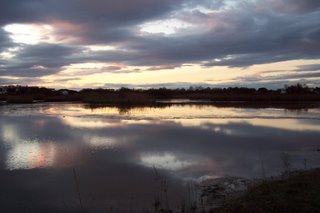
We have made a number of references to “La Camargue” without providing much information about it, or more correctly, them, since there are several.
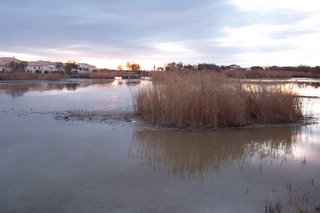
Think of the Fraser River Delta south of Vancouver but without all the industrial, shipping, residential and commercial development that has sprung up in and on the Fraser Delta. Now transfer the Fraser Delta to a climate that supports palm trees, a few types of conifers that thrive in higher temperatures and many more warm weather deciduous trees and bushes and you’ll have a fairly good idea.
The immense plain of the Camargue stretches from Cap d’Agde in the west to within a half day drive from Marseilles in the east. The best preserved part runs from le Grau-du-Roi in the west, north and east to Aigues-Mortes and Arles and then south to Port-St.-Louis-du-Rhône to the south and east. It was formed by alluvial sediments deposited by the various arms of the Rhône River which over the centuries changed its course many times. 85,000 hectares of the Camargue are protected as national or departmental (regional) nature reserves.
The Camargue is bounded on the south by the Mediterranean and its dunes and beaches. In
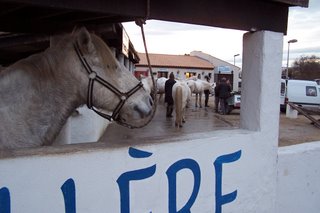 some places, dikes play an important part in containing and preserving the Camargue while in others, natural barriers protect it. It supports millions of fish, thousands of migratory and residential flocks of birds, thousands of horses (typically white or very light grey, and thousands of bulls (black or very dark brown).
some places, dikes play an important part in containing and preserving the Camargue while in others, natural barriers protect it. It supports millions of fish, thousands of migratory and residential flocks of birds, thousands of horses (typically white or very light grey, and thousands of bulls (black or very dark brown).This is a very rich place for resident or migratory birds. Ample access to small crustaceans and fish, and to water plants provides nutrition. Protected nesting sites ensure future generations of resident birds.
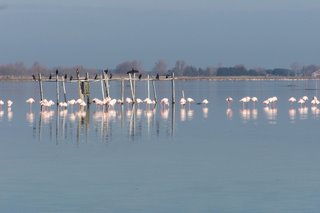
Flamingos and cormorants share a quiet corner.
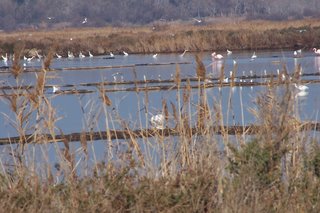
Cranes, flamingos and even a great blue heron captured in a single shot.
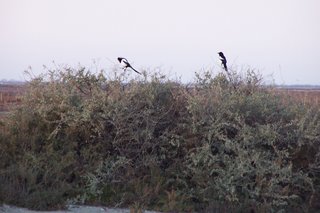
While magpies don’t really require the Camargue to survive they do benefit from it and can be seen frequently on its periphery.
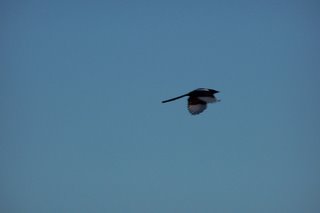
The bulls have been in the area for thousands of years, having migrated from Asia Minor. The short, marshy grasses and low bushes provide them with nutrition as they move in small groups from area to area. They are known for their bravery and are never killed in the bull fights of this area.
The “wild” horses roam freely in the Camargue. Historically they were broken to be used in herding and training bulls. Colts are born with dark coloured hair, generally brown and by maturity at about 4 or 5 years old they become a clear grey, almost white. The breed –
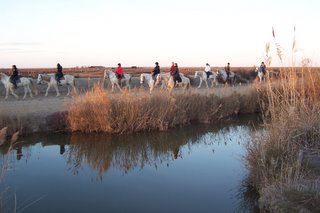 Camargue- was recognized in 1978 and genealogical records were launched at that time. Today the Park sees between 450 and 600 births a year. Many of these horses today end up carrying tourists through the Camargue.
Camargue- was recognized in 1978 and genealogical records were launched at that time. Today the Park sees between 450 and 600 births a year. Many of these horses today end up carrying tourists through the Camargue.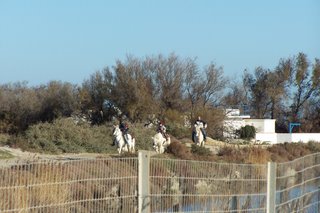
Rice is the predominant crop – it helps remove salt from the soil and can be planted in rotation with other crops such as hay. In drier and older areas of the Camargue that are no longer subject to periodic flooding there are vineyards that produce wines with a distinctive after-taste of salt.
The Camargue can be seen by boat, bicycle, or foot. An expansive view can be obtained from the top of the church in Saintes-Maries-de-la-Mer. Guided tours are available or you can wander at your own speed as long as you stay out of certain designated areas.


<< Home